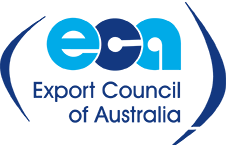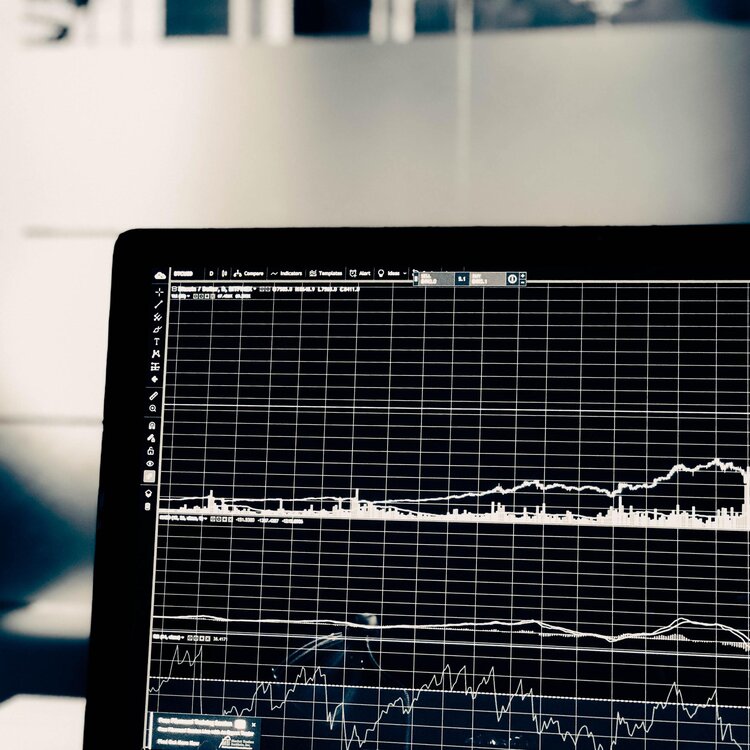“At a real pivot point”: What to expect in 2021 if you trade overseas
We went from recession to recovery at whiplash speed in 2020. And every time the Aussie dollar goes up or down, so do the profits and losses of businesses with foreign exchange (FX) exposure.
Heads up for those SMEs: Steven Dooley, currency strategist at Western Union Business Solutions, says they think the Australia dollar could hit US$0.80 next year, but — well, there are a lot of buts.
There’s no way out but through, so here’s what to expect next year — and how to manage all the uncertainties.
Confidence high for a strong recovery
But it could go either way
Balancing flexibility and FX exposure is key to managing volatility
Plan ahead, twice. On an average year the Aussie dollar fluctuates by 19%, Dooley says. So from our current starting point we can expect it to fall between US$0.60-0.80 in 2021. Have a plan in place for what happens at each end of the range.
Balance short-term market protection against long-term flexibility. With the Aussie dollar at its highest rate in years, it might be tempting to lock them in with forward contracts long-term, but doing so means you could miss out on taking advantage of positive changes to the market.

